- News
- Reviews
- Bikes
- Accessories
- Accessories - misc
- Computer mounts
- Bags
- Bar ends
- Bike bags & cases
- Bottle cages
- Bottles
- Cameras
- Car racks
- Child seats
- Computers
- Glasses
- GPS units
- Helmets
- Lights - front
- Lights - rear
- Lights - sets
- Locks
- Mirrors
- Mudguards
- Racks
- Pumps & CO2 inflators
- Puncture kits
- Reflectives
- Smart watches
- Stands and racks
- Trailers
- Clothing
- Components
- Bar tape & grips
- Bottom brackets
- Brake & gear cables
- Brake & STI levers
- Brake pads & spares
- Brakes
- Cassettes & freewheels
- Chains
- Chainsets & chainrings
- Derailleurs - front
- Derailleurs - rear
- Forks
- Gear levers & shifters
- Groupsets
- Handlebars & extensions
- Headsets
- Hubs
- Inner tubes
- Pedals
- Quick releases & skewers
- Saddles
- Seatposts
- Stems
- Wheels
- Tyres
- Health, fitness and nutrition
- Tools and workshop
- Miscellaneous
- Buyers Guides
- Features
- Forum
- Recommends
- Podcast
feature
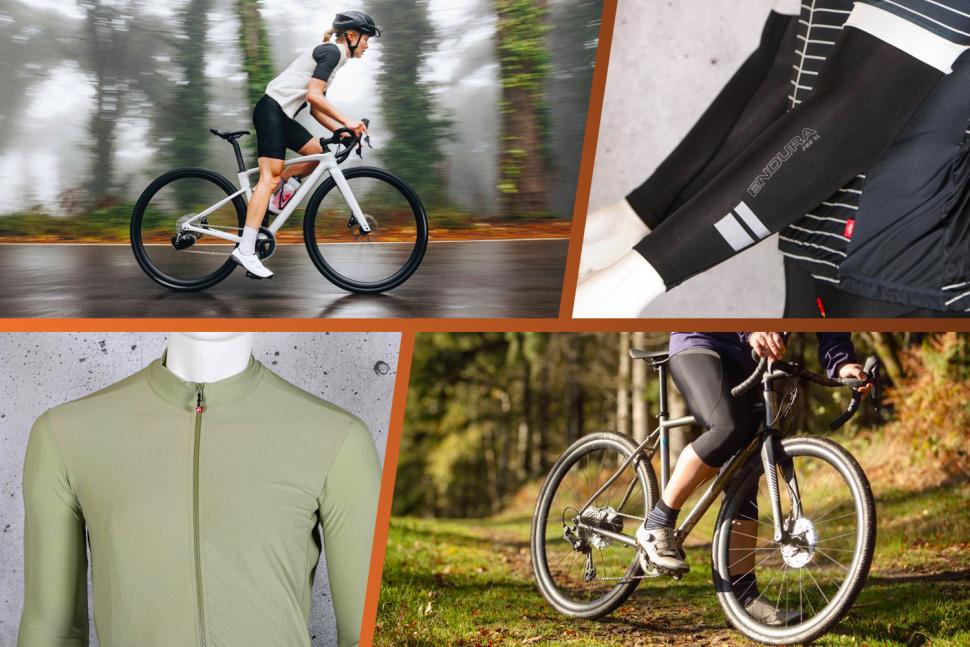 What to wear for autumn cycling Sept 2023
What to wear for autumn cycling Sept 2023What to wear for autumn cycling — your ultimate guide to staying comfortable on the bike when the leaves start falling
With leaves lining the roads and the world turning into some more earthy tones, autumn is still a great time of year for cycling. Although the temperatures are dropping and more rain and wind are forecasted, there is still more daylight so you can squeeze in some after-work rides that might even feature sunshine.
But let's be realistic, autumn is also a tricky time to ride a bike. While you might be heading out expecting low temperatures on one day, the following you might be facing a 20-degree summer's day. That is why having the right riding kit is crucial for having an enjoyable ride.
Being prepared is the key, as is being adaptable to changing conditions. You could start a ride in the rain and 9 degrees, and finish in the sun with the temperature twice that. It’s not quite cold enough for full winter jackets and tights yet, so you can get away with continuing to wear your summer outfit, but with a few chosen accessories to provide extra warmth and protection from the wind or rain.
Here are some of our top clothing tips to help you through the season.
Autumn-proof your summer kit with some warmers
Those loose sleeves and gilets are your best friend in the autumn season. You can happily continue to ride in your normal summer kit: a short-sleeve jersey and bib shorts, but pairing those with a set of arm and knee warmers makes the combo that little bit more cold-proofed.
Warmers for your upper and lower limbs come in many shapes and forms, and it's really down to your preference and most typical riding conditions what is best for you.
> Best arm and leg warmers for cycling
The most common material for arm and leg or knee warmers is lycra, which is stretchy and can be spiced up with a water or wind-repellent coating for added protection from the elements. Merino versions are available too, and thicker fabrics with thermal properties.
Because of the small and lightweight construction, arm and knee warmers are something you can carry with you and use around the calendar, and for that reason, every cyclist should have a pair. If you get too warm, they can be easily slipped off and stowed in your pockets, and similarly, if you start your ride in the afternoon and ride into the cooler evening, you can pull them on when the temperature so requires.
On the topic of darker evenings, many warmers also feature reflective details, which is great for adding some more visibility to your outfit in the darker months.
Invest in a breathable long-sleeve jersey
If you run cold, you might already want to pull on a long-sleeve jersey when autumn arrives. There are very lightweight long-sleeve options available - they make a great option for the variable should-season weather as you can pair them with a gilet for added warmth.
Some long-sleeve jerseys are also more like softshell jacket and feature two-way zips, both of which aid breathability and give you more options to regulate your body temperature.
Get some three-quarter shorts
Autumn can bring out the stubbornness in any cyclist: it is hard to accept that the sunny days are gone and the months of rain and misery are ahead. The final stage of accepting that the summer is indeed over is definitely pulling on your long-sleeve bib tights, and hence, that stage is often avoided as long as possible. That is why anything that doesn't mean long bibs is better. Even three-quarter bib shorts.
This garment is sort of bib shorts and knee warmers rolled into one, extending below your knee but not quite extending to the wintery full-ankle-length. They're good for when you know there is little chance of needing to remove knee warmers during a ride, and definitely offer more comfort than having leg or knee warmers on.
They are not obviously as versatile as a bib shorts/leg warmers combo, but if you don't run too cold in general, you might get through the winter in some three-quarters paired with toasty socks.
Pack a gilet
Your core is where most of the wind chills you, and throwing on a lightweight gilet helps with that without making you sweat too much if the temperatures rise during your ride.
Sometimes called a sleeveless vest, a gilet is a very versatile top that can be worn first thing in the morning for the commute or on longer rides until it warms sufficiently to remove it.
Gilets come in literally hundreds of different configurations: some are waterproof, some reflective, some windproof and some insulated. Others are worn purely for the looks.
When not needed, they can pack down very small and take up little space in a jersey pocket. Paired with arm warmers, they give you even more upper-body protection from the cold.
Gilet is the sort of garment you will benefit from having all year around, as it's also ideal for riding in the mountains where the weather can change dramatically over the course of a day - even in the summer.
Invest in a good rain jacket
In most of the northern hemisphere, carrying a jacket of some sort with you at all times is not something to be overlooked if you want to remain dry and comfortable. Autumn is usually a wet season, which means that having a waterproof layer with you is essential - and if it's lightweight you won't mind carrying it around at all times.
While the humble gilet can keep a little spray at bay, longer autumn rides call for more than that. Generally, you don't want to carry a fully waterproof raincoat with you on a ride, as that'd make the experience even more uncomfortable.
Investing in a good lightweight rain jacket is really important if your commute is long or just enjoy riding outdoors all year around, because having one means that you will actually carry it along, too. The most advanced, and best waterproof cycling jackets cost a pretty penny, but they are also made to last and protect you from the rain without making you sweat inside the garment.
If you only like to do a wee pootle around town in the rain, then you could get away with a heavier, hooded rain jacket that has pockets for keys and the phone, but on road rides you want something that is not flapping around and sits rather snugly against your upper body.
> Your ultimate guide to cycling to work
The fit, features, and fabric of rain jackets are tailored to the demands of different cyclists - and it's worth trying a women's version if you are a woman - to get the best fit that doesn't feel in any way restricting in your preferred riding position.
Cycling rain jackets come with many different names: racing capes are fitted and don’t have pockets, but can be packed down small, while commuter jackets feature lots of hi-vis, dropped tails, and vents. Decide first what you need from a jacket, and the choice will narrow down to those that are designed for your type of cycling.
Weather-proof your shoes
Nobody likes having wet feet on a cycle ride. Most cycling shoes aren’t really designed to keep the rain out, especially those with lots of air vent mesh panels. So while those are great in the summer, they don't fare so well without it. Some brands have started making more winter-proof cycling shoes now and even if you continue to ride in your summer kit, keeping your feet dry might require you to get one of those or… pull on a set of overshoes.
Instead of investing in (yet) another pair of cycling shoes, overshoes and oversocks are pretty good at keeping your trotters dry and toasty.
Overshoes are designed to be pulled over the top of your cycling shoes and keep the weather out. Some of them feature added insulation while some are just there to keep the spray out.
Oversocks are lightweight and provide only minimal protection from the cold and rain, but are good at keeping mud and dirt off your shoes and provide a little insulation.
> Essential money-saving tips for cyclists
With both oversocks and overshoes it's important to choose a pair that fits your shoes snugly. If they are too loose, water and wind will get in, and the overshoe can also move about and get caught in between your cleat and pedal which quickly ruins the fabric.
Wear gloves
As important as keeping your feet warm and dry is keeping your hands protected from the cold and rain. One of the first places you're going to notice the dip in temperature is your fingers, so it’s time to pull out the long-finger gloves.
Gloves are available in a huge variety, with varying levels of insulation and weather protection.
Some are made from windproof materials, and there are good waterproof gloves if you intend to ride in the rain. The downside of waterproof gloves is that they generally lack breathability, so unless you plan to spend many hours in the rain, a lighter windproof glove might be a better compromise.
Don't be afraid to layer up gloves, too. There are dedicated liner gloves available to make your existing set warmer, or you can just double up on whatever you have to create a water- and windproof setup.
Consider changing your socks to warmer ones
It’s also time to think about trading in the summer cycling socks for warmer winter socks. You don’t have enough space between your feet and shoes to go too bulky; reducing circulation in your feet is a bad idea, so merino wool socks are a particular fave. Thin yet with the insulating properties of the wool, they will provide a little more insulation for your toes.
Add head and neckwear
Caps and cycling hats provide extra warmth to your precious head, and cycling headwear comes again in a lot of designs to complement your overall look - or serve a purely practical purpose.
A traditional cotton cycling cap easily slipped under a helmet or worn on its own will provide a surprising level of insulation on nippy days. The peak is also useful for keeping the low sun or rain out of your eyes.
It's also worth getting some sort of neck warmer (also called 'buff') for protecting your neck from the colder wind. Roll-type warmers are really cheap to acquire from any outdoor clothing store (or you might have already accumulated a pile of freebies from events), but you can also get cycling-specific snoods that have ventilation if you want to wear them over your mouth, and are made of materials such as merino wool.
What are your ultimate autumn and shoulder season tips for your fellow cyclists? Let us know in the comments as always
Suvi joined F-At in 2022, first writing for off-road.cc. She's since joined the tech hub, and contributes to all of the sites covering tech news, features, reviews and women's cycling content. Lover of long-distance cycling, Suvi is easily convinced to join any rides and events that cover over 100km, and ideally, plenty of cake and coffee stops.
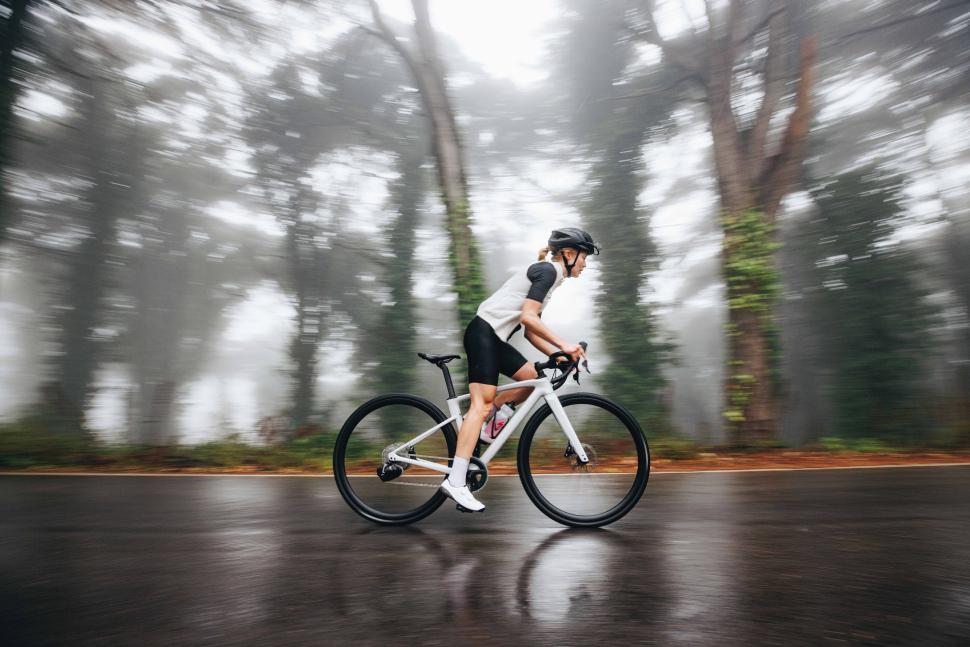
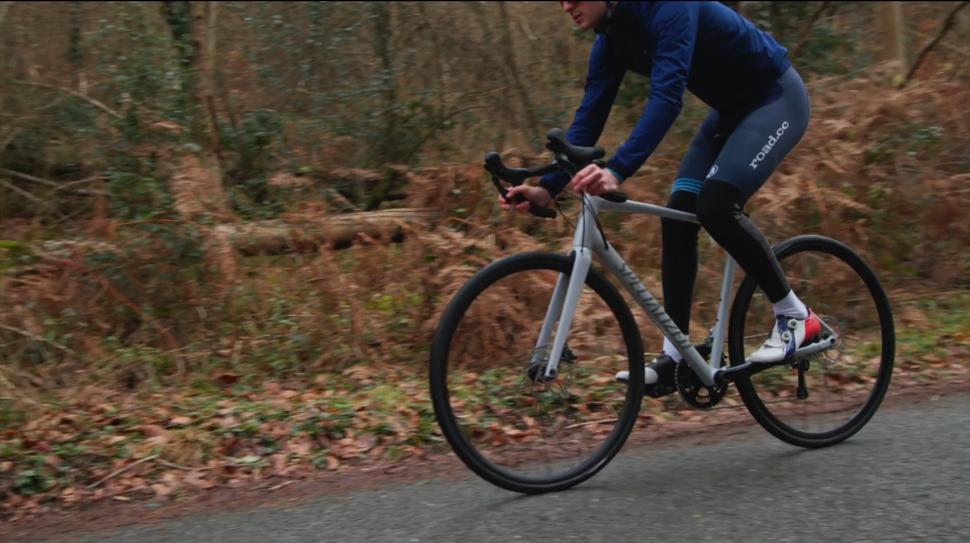
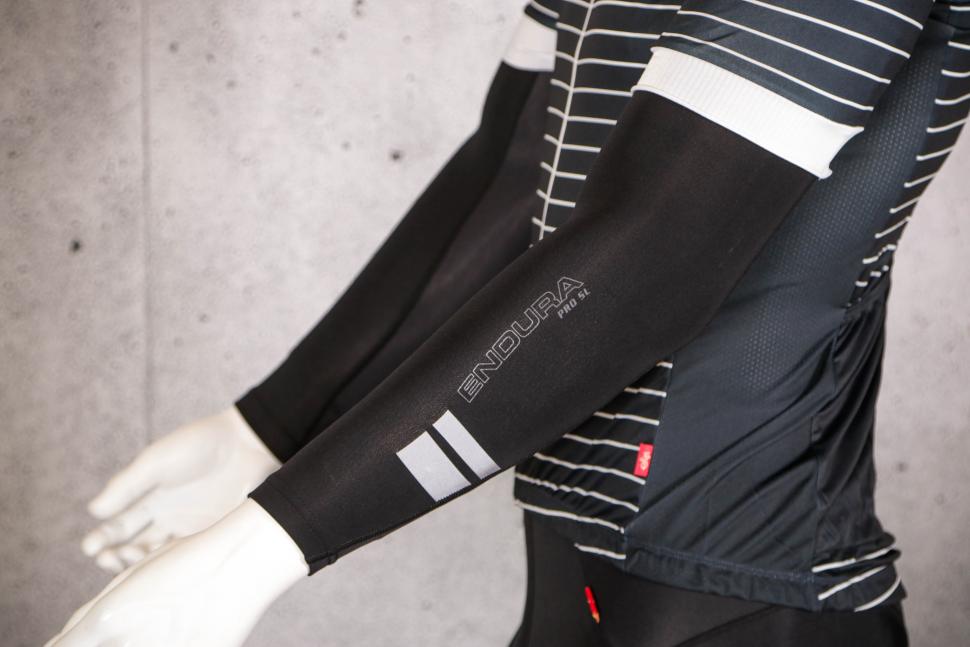
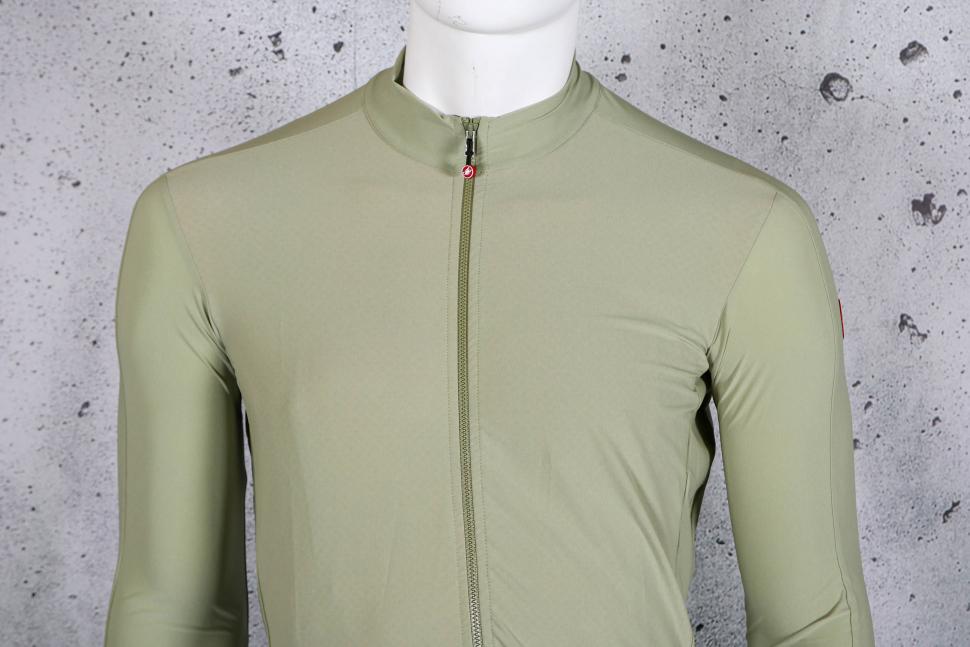
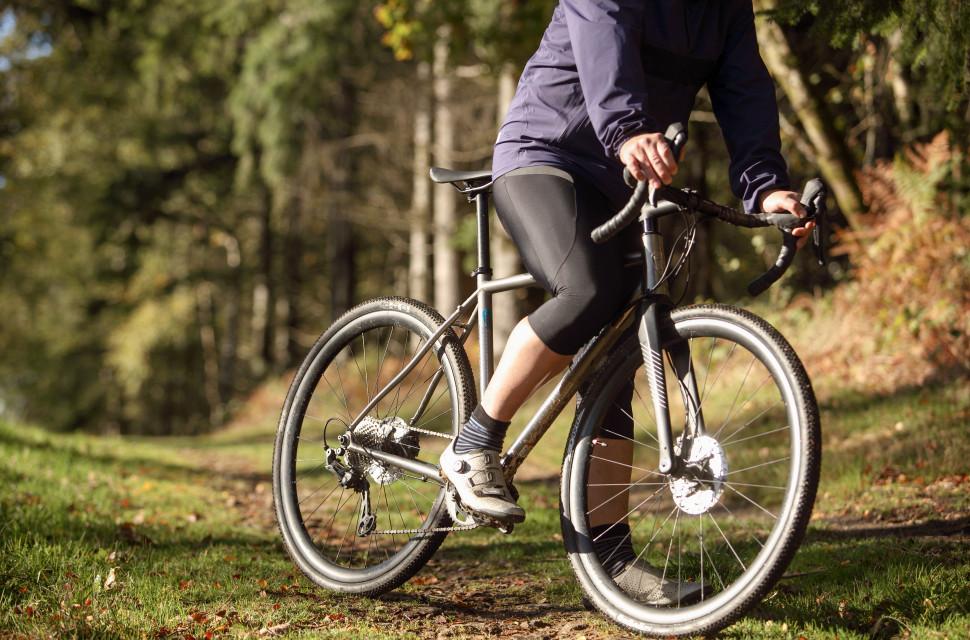

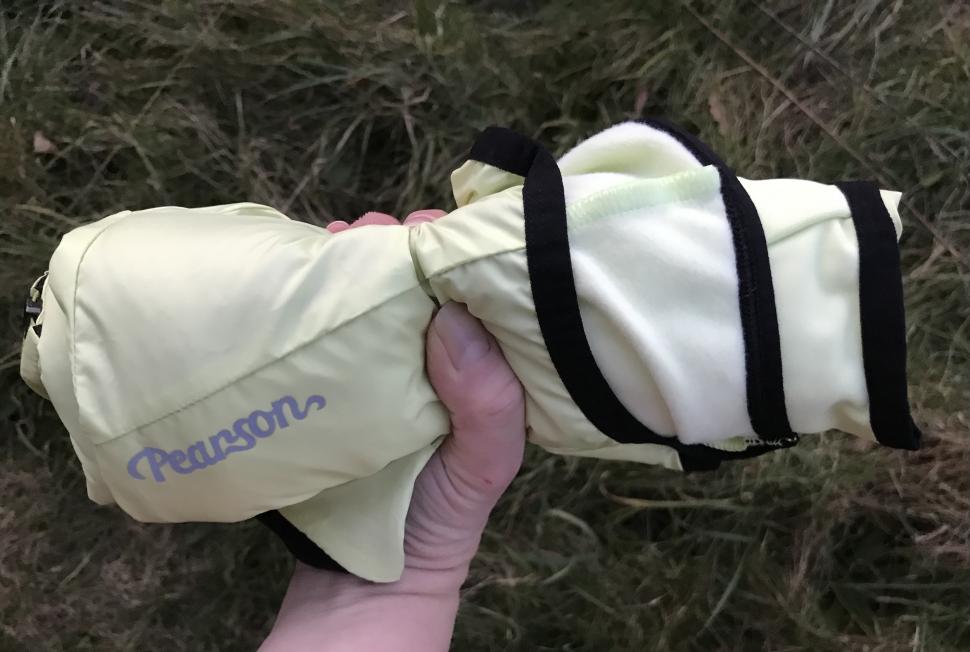
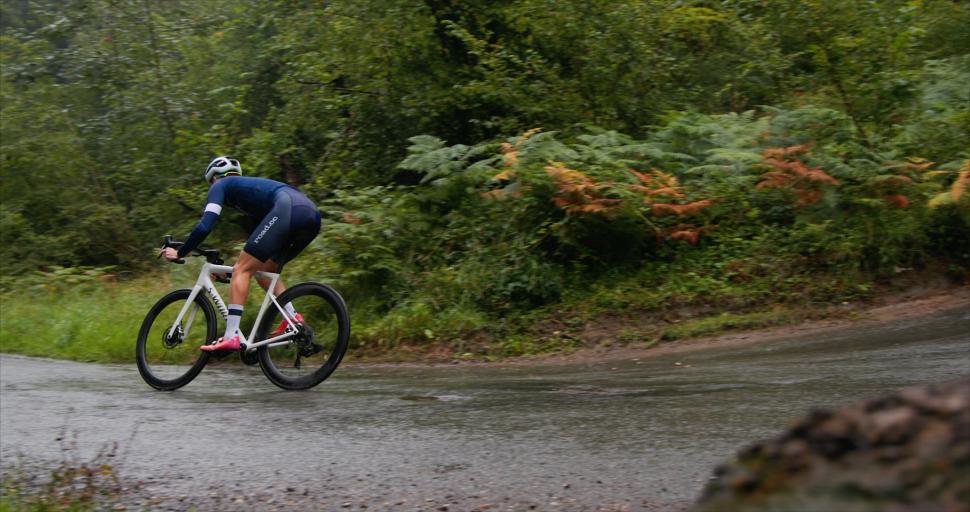
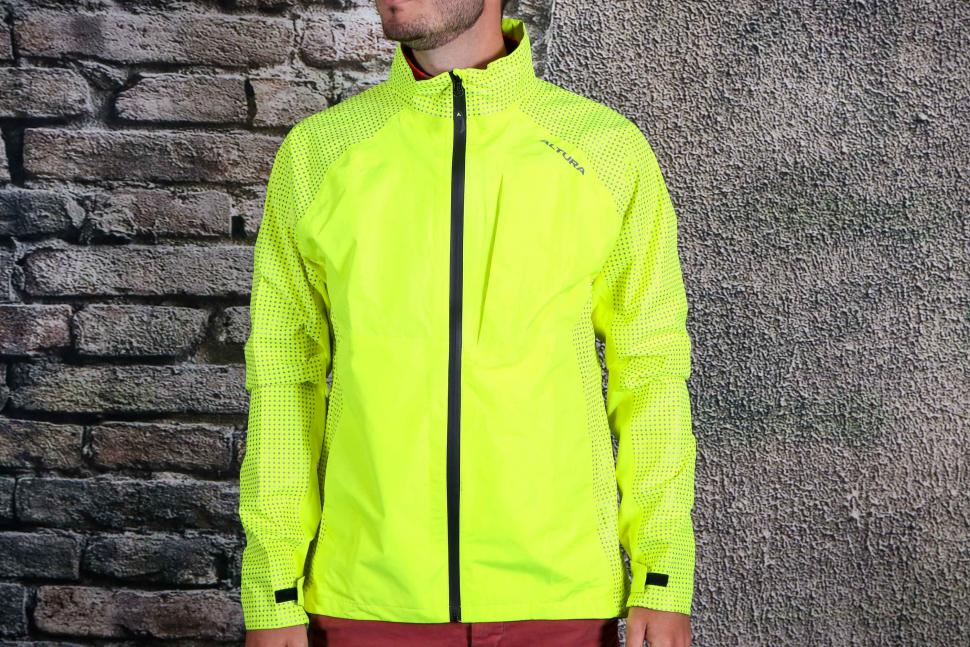
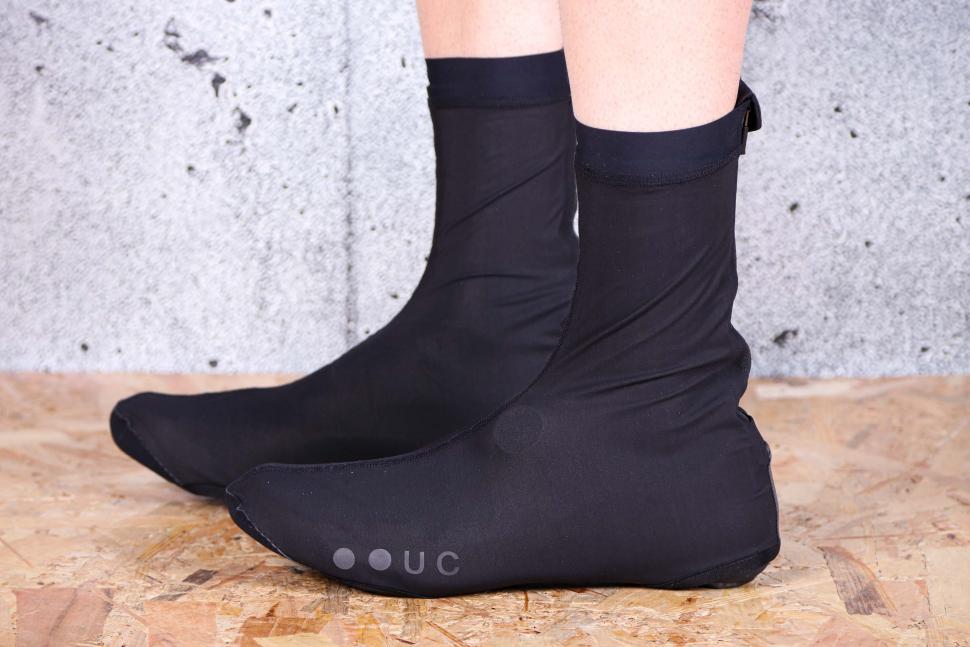

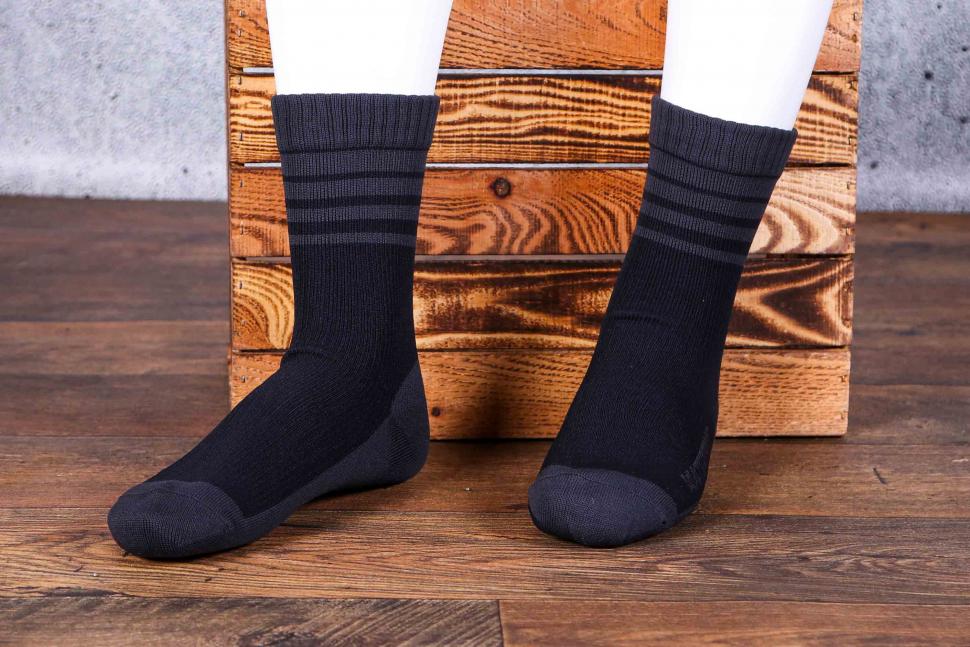
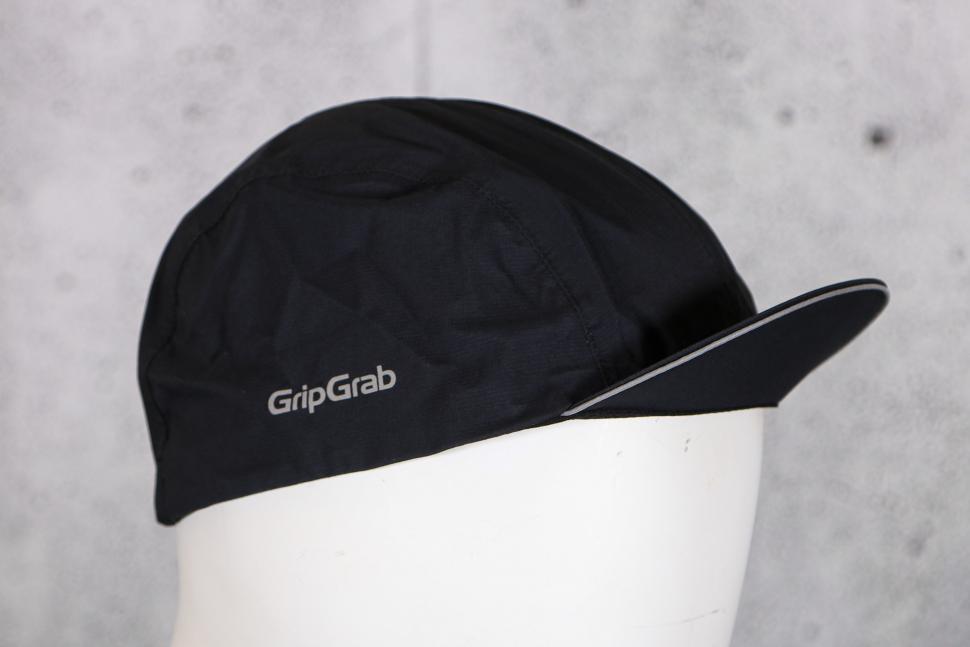
Depends if you're a Cosmologist working in light-years or a civilian working in terrestrial units..
£4.
And? Your neck don't work?
No, that's very doubtful while proper testing would be fully destructive.
In that £1000 exactly scenario, beginners should probably be made aware that pedals will be extra.
What's wrong with dropping down on to the Millenium Bridge, or the swing bridge, then the brief, but satisfying climb back up the hill? #training....
The relatives might of course disagree, but in general I'd countenance a relatively light sentence* if only we could fix it so that those who...
Id forgotten that I got a second hand set of project two's for my getting to work bike over twenty years back.
My bet is that all these tires popping off are from people with bad pressure gauges or they're simply just putting too much air in on purpose. ...
David9694 - you were right! These new autonomous vehicles really are conspiring to run out of control!...